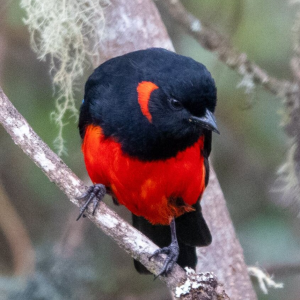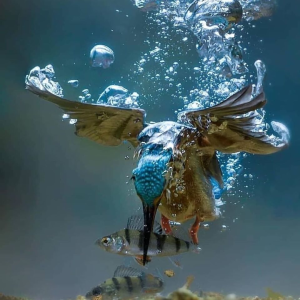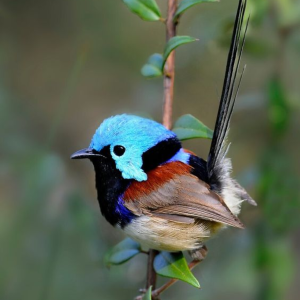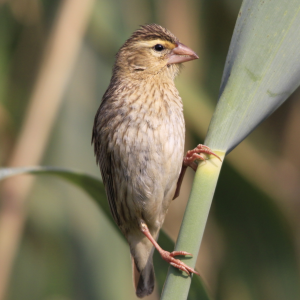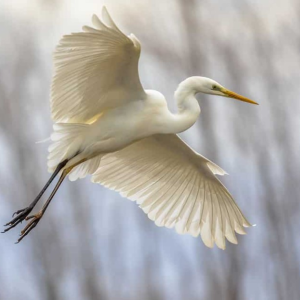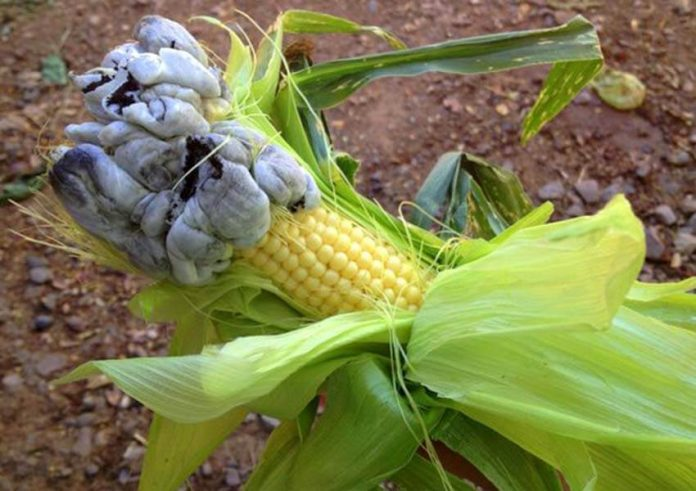
I’ve shared some of mine in this column: mussels, liver, lengua (tongue), sesos (brains). Here’s another one: huitlacoche (whee-tla-KO-cheh). Corn “smut.” Mexican truffles. Kind of like a mushroom, it’s a naturally occurring parasitic fungus that grows randomly on untreated organic corn.
Why hadn’t I eaten it? To begin with, huitlacoche is quite ugly and looks just like what it is: a grey, blobby parasite, an invader of pearly-yellow corn kernels. Gray is not a color food should be, and it just doesn’t look appetizing to me.

That’s why the package of fresh huitlacoche I bought sits abandoned on a shelf in my fridge. But my column deadline was upon me and I could procrastinate no longer. Well-meaning friends had suggested I try it at a restaurant the first time, so I set out this morning, determined to (ulp) overcome my aversion and fear of this ugly but harmless foodstuff.
“You won’t even know it’s in there,” said a friend — and she was right. The deep-fried quesadillas I ordered, with shrimp, huitlacoche and Oaxaca cheese, were delicious, the huitlacoche a smoky, earthy, soft complement to the other ingredients. Cooked, the unpalatable grey turns to a deep-black brown which, while unusual, doesn’t have the same repellant effect as elephant-skin grey. Consider me a new fan!
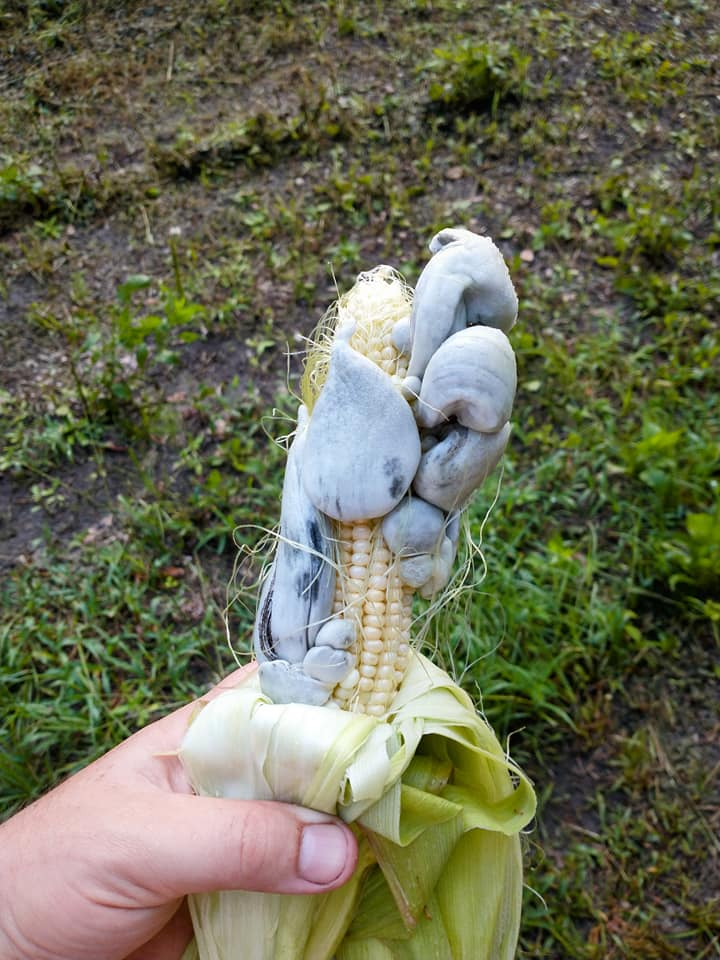
Huitlacoche can be used anywhere you’d use mushrooms and is most commonly sautéed with onions, chiles and garlic and used in quesadillas, tortas, tamales, stews and soups. It pairs well with eggs and is a flavorful addition to scrambled eggs, frittata or omelets. When cooked, huitlacoche releases an inky black liquid, almost like a gravy. Cooking it longer will cause some of this to evaporate, depending on the texture you’re looking for.
While you can find huitlacoche year-round in most parts of Mexico, now — the end of summer — is when it’s most abundant, as it develops on corn after the rainy season. It’s most commonly sold already removed from the corn, wrapped and packaged on a little Styrofoam plate.
If you’re lucky, you might find a farmer or vendor selling whole ears of corn with huitlacoche “attached.” If you do, remove the husks and any hair. Use a sharp knife to carefully cut off the huitlacoche, rinse gently, pat dry and proceed with your recipe.
It’s also available canned, but, of course, fresh is best.
And that package of huitlacoche in my fridge? Eating it is one thing — cooking it another. We shall see!
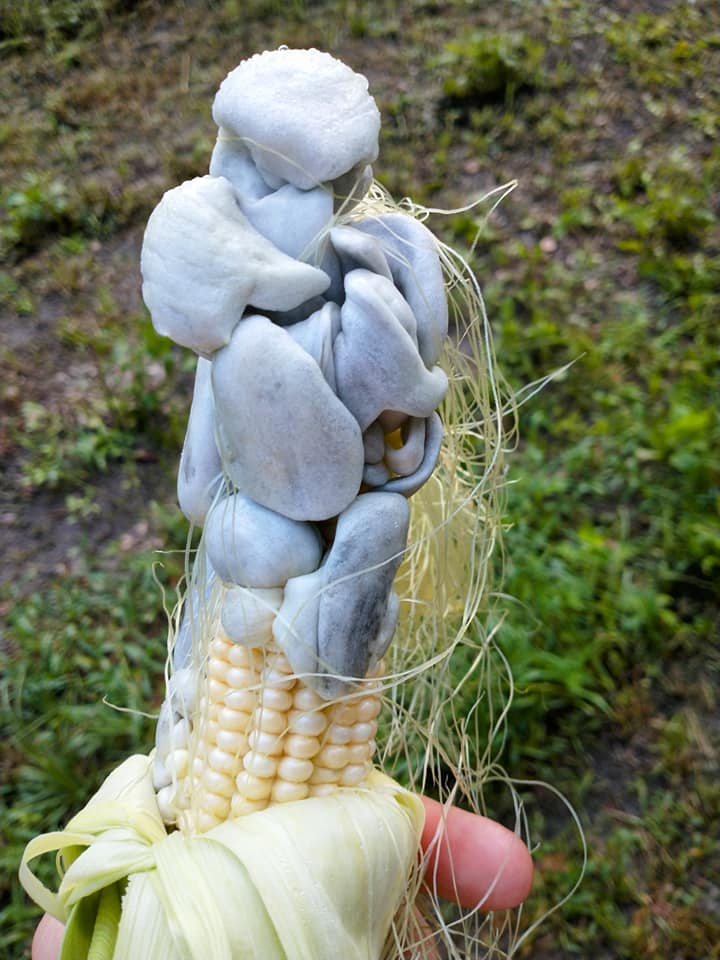
Classic Huitlacoche Quesadillas
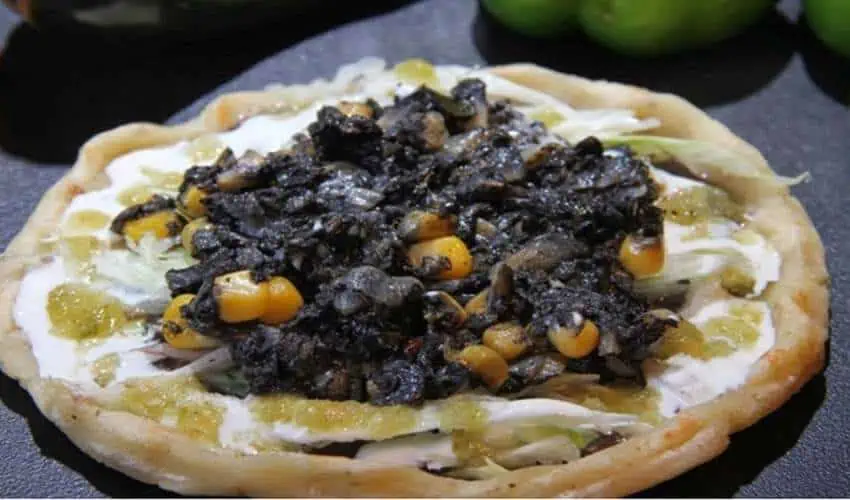
Epazote is a common Mexican herb that adds a rich, aromatic flavor to certain dishes. Find it fresh or dried at your local mercado or in some grocery stores.
2 Tbsp. butter
½ onion, chopped
1 garlic clove, minced
1 jalapeño, seeded and chopped
5 fresh epazote leaves
1 lb. fresh huitlacoche
Salt to taste
10 (6-inch) corn tortillas
1 lb. Oaxaca cheese, separated into strings
Vegetable oil as needed
Melt butter in skillet over medium heat; add onion, garlic, jalapeño and epazote. Cook until soft, about 5 minutes. Add huitlacoche and cook, stirring, until liquid evaporates, about 10 minutes. Season with salt; cover and keep warm.
Heat a comal or skillet over medium heat until hot. Moisten both sides of two tortillas with water and place them, stacked together, onto the hot griddle; cook until the bottom tortilla is crisp, about 2 minutes.
Flip the stacked tortillas and cook the other tortilla until crisp. Separate the two cooked tortillas; place them separately, uncooked side down, onto the hot griddle. (You may need to add a spray or drizzle of oil or butter to the comal or skillet at this point.) Cover the crisp side of one tortilla with one-fifth of the Oaxaca cheese; place one-fifth of the huitlacoche mixture over the cheese, then lay the crisp side of the second tortilla on top to cover.
Cook, turning once, until both tortillas are crisp and cheese is melted. Repeat with remaining ingredients. Cut each quesadilla into four wedges to serve.
